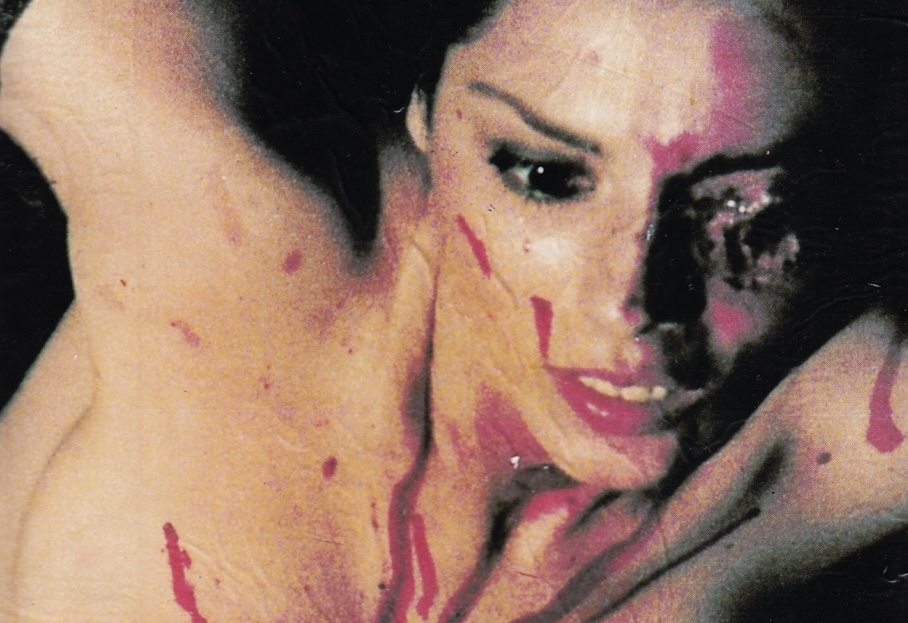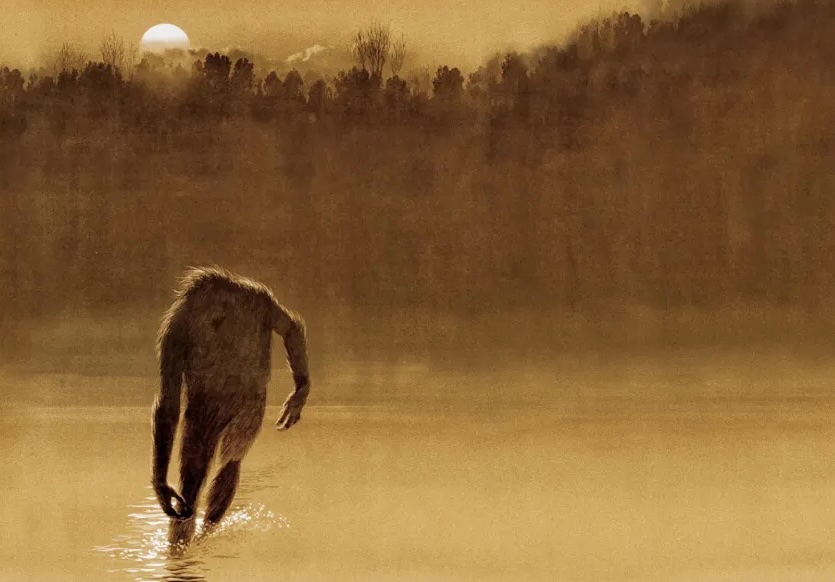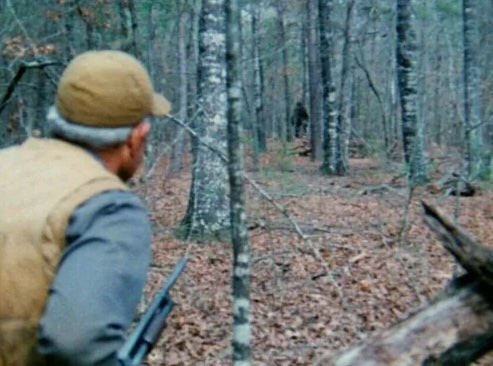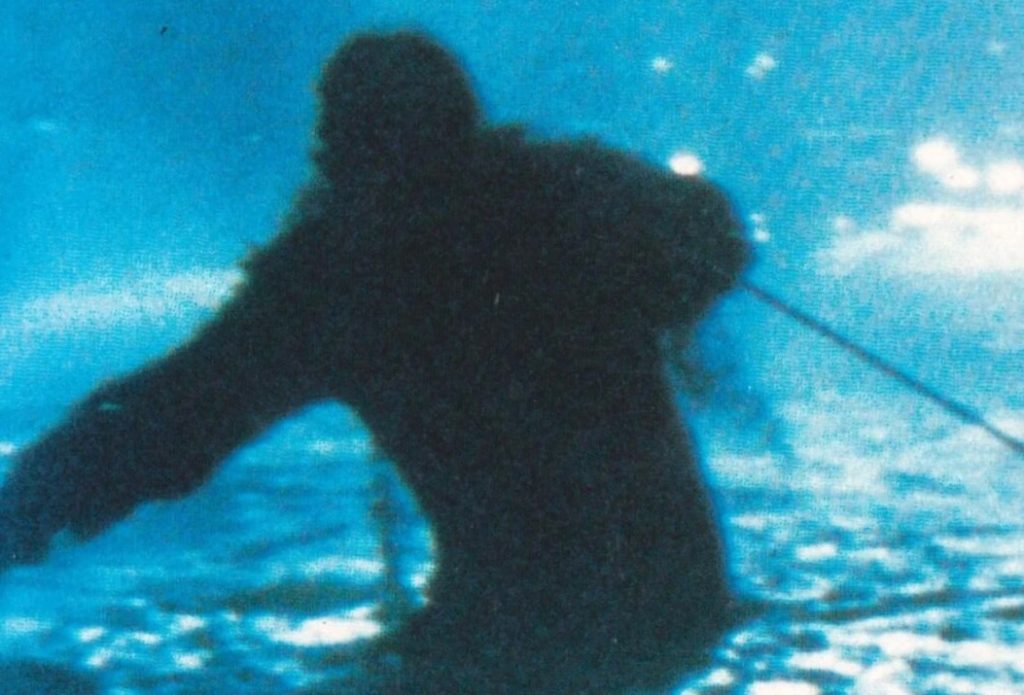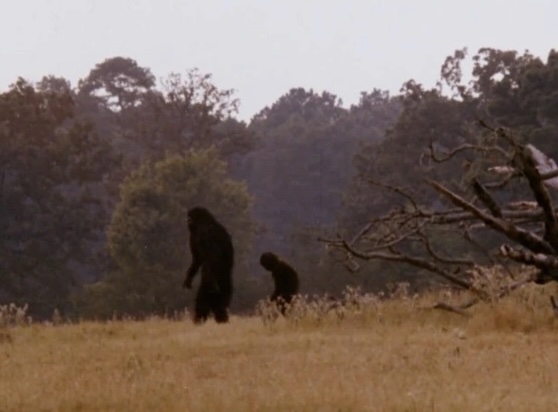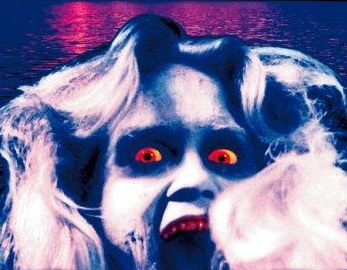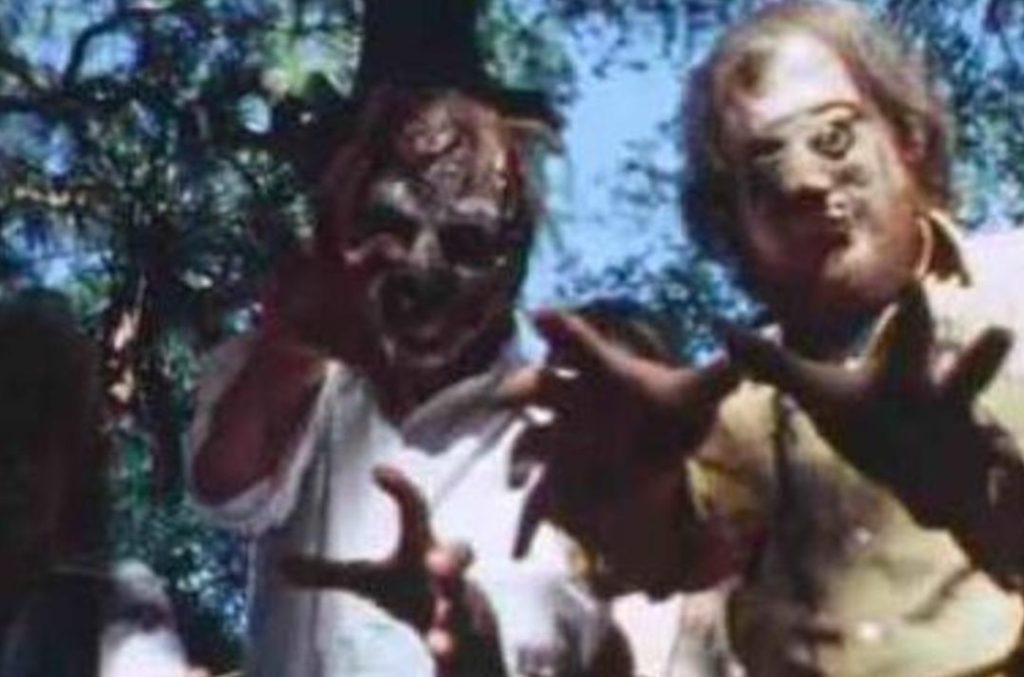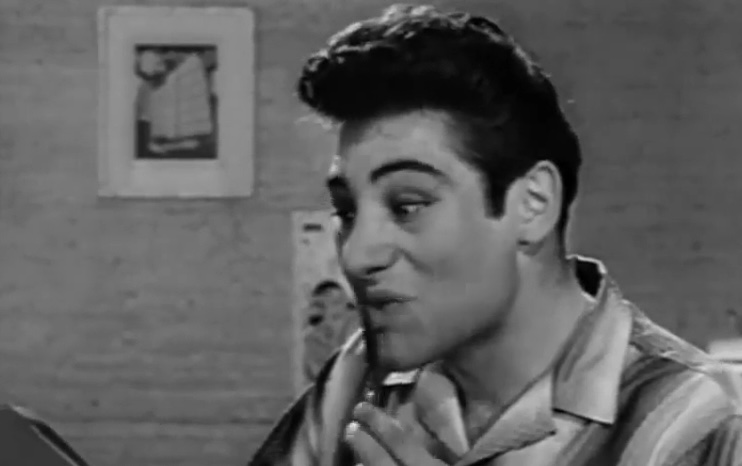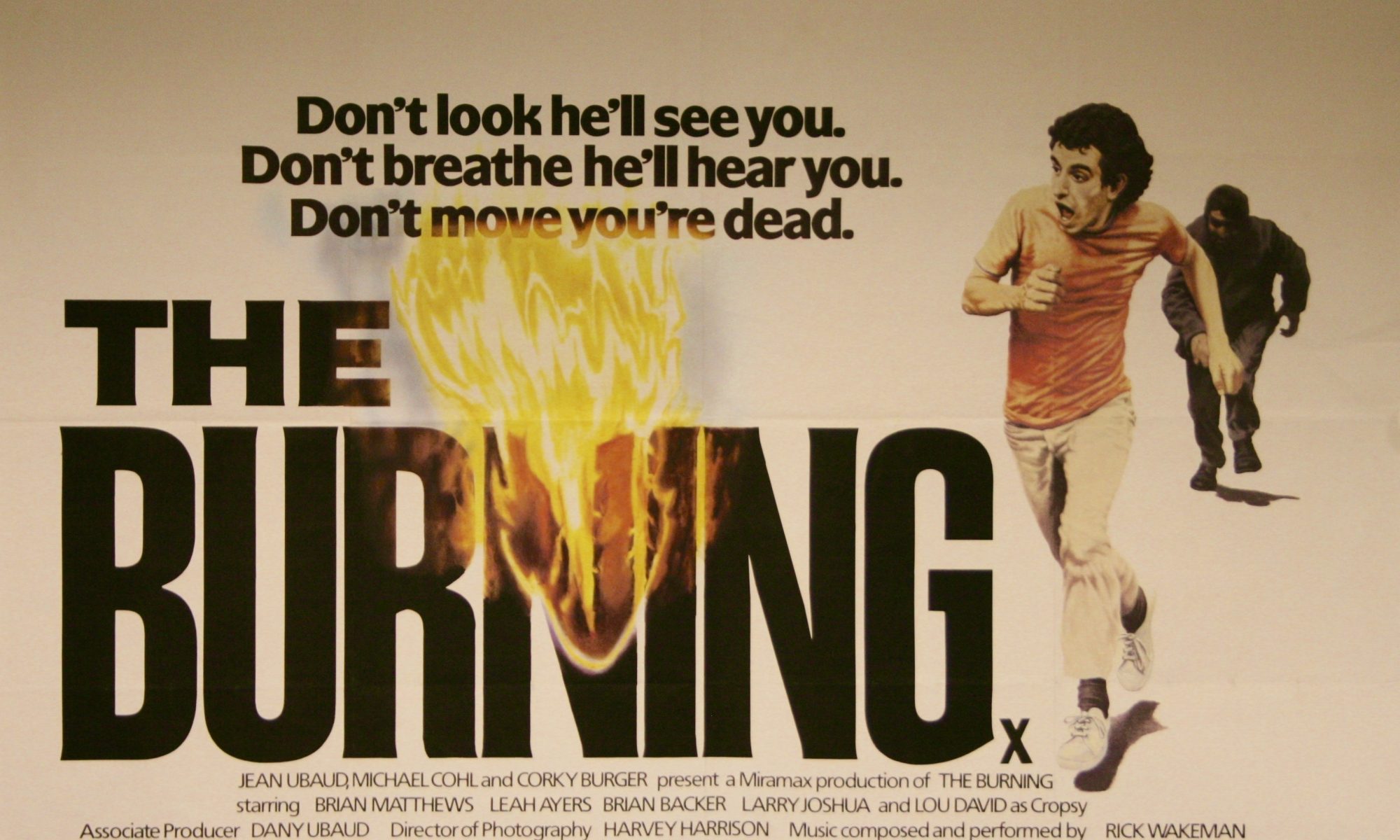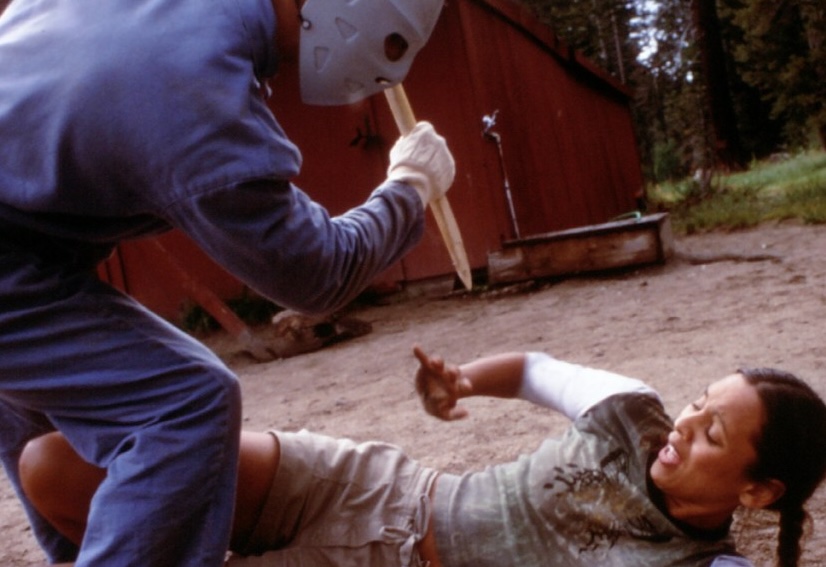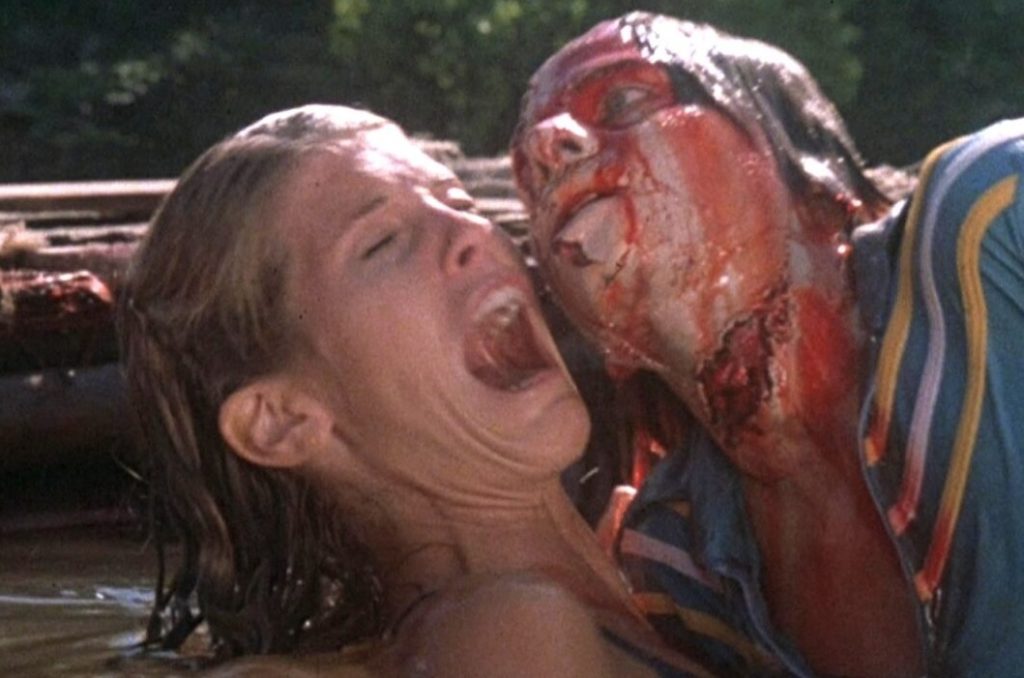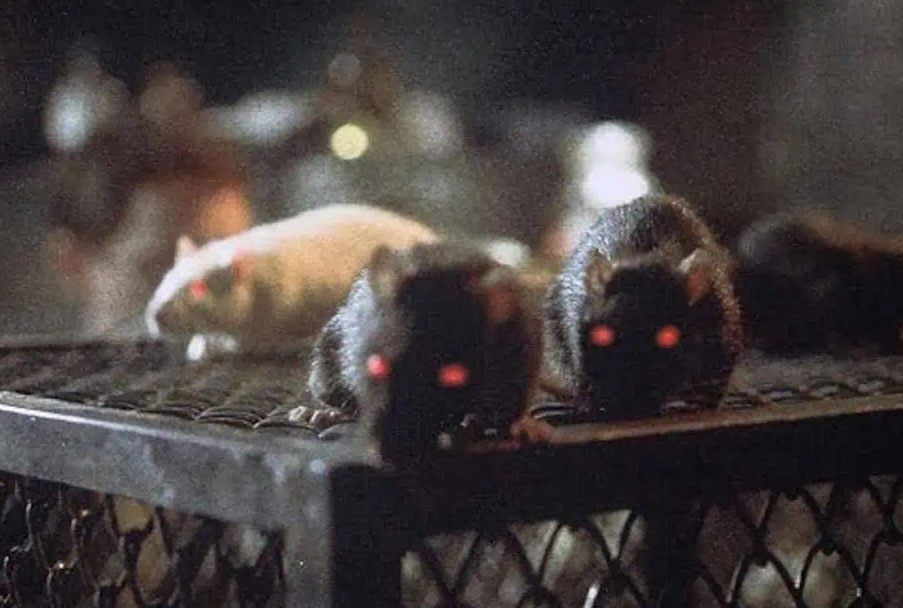Abby – 1974, US, 89m. Director: William Girdler.
Headhunter – 1988, South Africa, 92m. Director: Francis Schaeffer.
Nightmare City – 1980, Italy/Spain, 88m. Director: Umberto Lenzi.
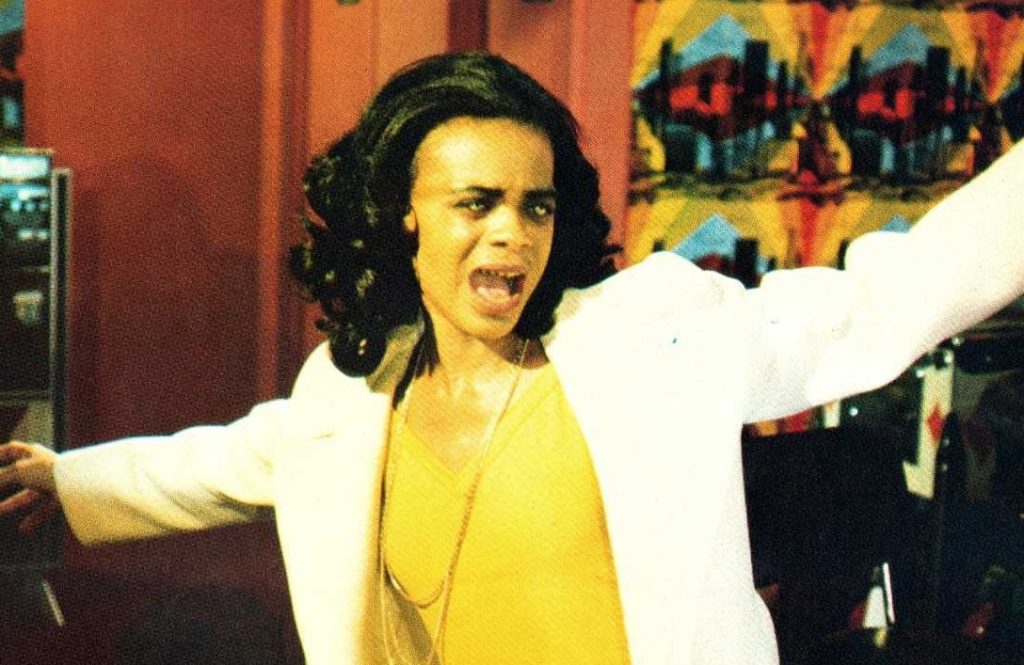
ABBY (1974) During an excavation in Africa, an archeologist (William Marshall) unwittingly releases a malevolent demon that turns his daughter-in-law, Abby (Carol Speed), into a hot-tempered, sex-starved maniac. Abby’s possession is gradual, and forces the young woman to perform bizarre acts of self-harm with a carving knife, lose her temper at church by attacking a man, and scare an elderly neighbor to death. Marshall, who moonlights as a priest, is called back to American to perform an exorcism, with predictably messy results. If the plot sounds strangely familiar it’s because Abby is one of the first of the Exorcist rip-offs—it was released less than a year after the William Friedkin film. Abby was successful enough at recreating the ’73 movie that Warner Bros. sued American International Pictures (the company that released Abby theatrically) and had the film removed from theaters. Whether Abby is a rip-off or an African American remake is up for debate—but there’s no denying it’s a fun movie that, as of this writing, is commercially unavailable. B–
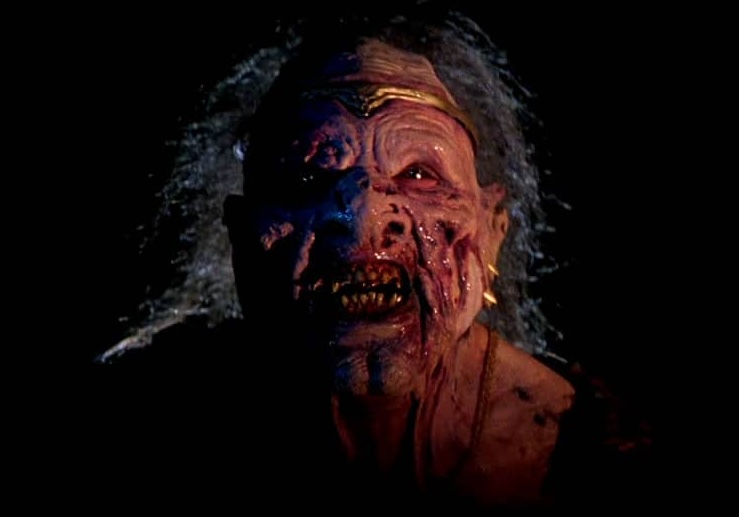
HEADHUNTER (1988) Some sort of spirit-demon is running around Miami, chopping off the heads of African immigrants who’ve escaped to America to dodge a voodoo curse. Straight-laced cop Kay Lenz and her hot-headed partner Wayne Crawford are assigned to the case, which is complicated by Crawford’s lack of emotional stability due to a dissolving marriage. Lenz and Crawford seek advice from a local shaman and expert on African religion—he’s later found beheaded. The spirit possesses the ability to mimic voices and sets a trap for Lenz in a scene exhibiting atmosphere and tension that’s not to be found in the rest of the film. The heroes ultimately find themselves at a complete loss and, in a desperate act of survival, use axes and chainsaws to dismember the demon in the bloody climax. Had the filmmakers pumped as much energy into the first 80 minutes as they did the frantic ending, Headhunter could have been a tasty little treat. They didn’t, and it’s not. Shot mostly in South Africa. C

NIGHTMARE CITY (1980) (AKA: City of the Walking Dead; Nightmare in a Contaminated City) A military airplane exposed to toxic radiation turns its commuters into disfigured blood-eaters in this hilariously over-the-top European production. The contamination spreads as the zombies annihilate everyone in their path, including a bunch of Solid Gold-like dancers who are, in the movie’s funniest scene, slaughtered on live TV. The ghouls here are a more intelligent form of zombie—most of the walking dead are smarter than the living characters—as they go about cutting phone lines and using machine guns and other weapons to take down their prey. One zombie manually lowers a stalled elevator to a floor full of his hungry comrades who turn the lift into an all-you-can-eat buffet. The film culminates in a battle of humans vs. zombies at an amusement park that’s surprisingly intense—and apparently just the dream of the protagonist (Hugo Stiglitz), who wakes up just as his girlfriend is about to meet her maker. An appropriate ending to this utterly bizarre but very entertaining hack job. B

